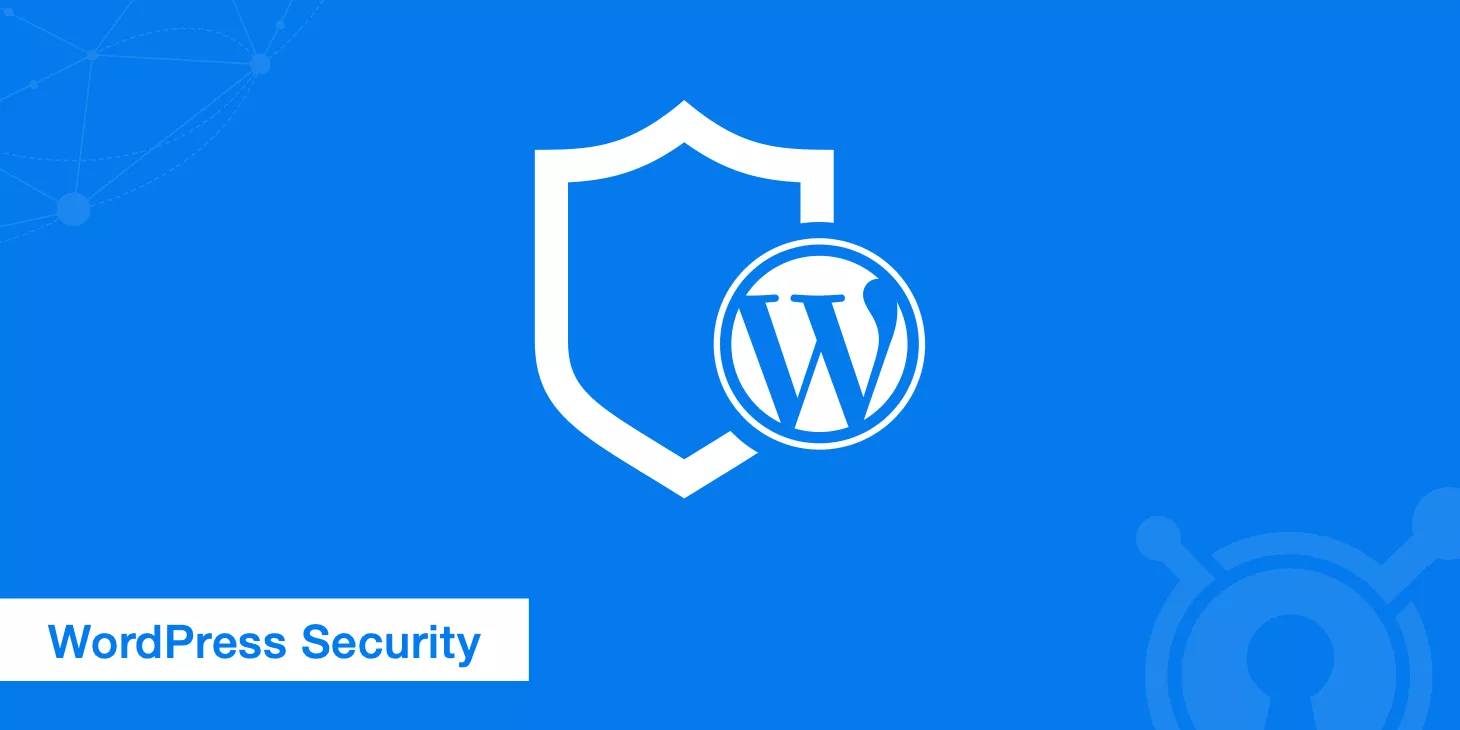Google’s spam detection system is complex. Sometimes, problematic pages are hidden deep (like user registration pages or old test content), or malicious code gets injected through third-party plugin vulnerabilities—causing site owners to keep searching with no clear answer.
This article provides a low-cost, highly actionable solution.
You’ll learn how to uncover hidden data clues from Google Search Console, efficiently scan your site’s blind spots, and clean up often-overlooked legacy content and backlink risks.

Table of Contens
ToggleStart by checking data clues in Google Search Console
When your site is flagged for “spammy content,” the Google Search Console is your best starting point.
But many site owners only look at the “Manual Actions” message and miss the hidden clues in the backend—like pages with abnormal traffic, keywords affected by algorithmic demotion, or hidden hacked entry points.
Check the “Security & Manual Actions” report
- In the left menu of the Console, click “Security & Manual Actions” > “Manual Actions” to see if there’s a specific violation (e.g. “Spammy content” or “Cloaked pages”).
- If there’s a message, follow the instructions to fix the affected pages. If it says “No issues,” it might be an algorithmic flag (which needs further investigation).
Filter for abnormal traffic in the “Performance” report
- Go to the “Performance” section, set the time range to “Last 28 days,” and filter by “Search Results”.
- Sort by CTR (Click-Through Rate) from low to high. Look for pages with extremely low CTR (like below 1%) or those with sudden spikes in impressions but no clicks. These could be flagged as “low-quality/spammy” by Google.
Export “Page Indexing” status data
In the “Indexing” section of the Console, download the “Page Indexing Status” report and pay special attention to:
- Excluded pages (such as “Duplicate content” or “Marked noindex”).
- Unexpected 404 pages (these might be invalid URLs created after a hack).
Track backlink risks in the “Links” section
Go to “Links” > “External links” and check if there are any recent increases in repetitive anchor texts or low-authority referring domains. These types of links could trigger a “spammy backlinks” penalty.
Check for suspicious changes made to your site
If there are no clear clues in Google Search Console, the issue may lie in recent changes to your website—like a vulnerable new plugin or an over-optimized SEO tweak that triggered an algorithm.
Check if your SEO strategy is too aggressive
- Keyword stuffing: Have you recently added too many repeated keywords in titles, body text, or alt tags? Use a tool like SEOquake to scan keyword density. If it’s over 5%, reduce it.
- Mass-produced low-quality content: Were the AI-generated pages published without human review? Check readability and duplication (tool: Copyscape).
Plugin/theme update vulnerabilities
- Newly installed plugins: Especially scraper plugins (like auto-posting tools) or user registration features—these can be exploited by malicious actors to create spammy pages.
- Code injection risks: Check theme files like
functions.phporheader.phpfor suspicious code (such as redirect scripts or hidden links). - Temporary fix: Disable recently added plugins or features and see if the Google warning disappears.
Sudden spike in backlinks or weird anchor texts
- Use Ahrefs or Semrush to check “New Backlinks”: Are there a ton of links from gambling, medical, or unrelated industries?
- Suspicious anchor texts: Like many backlinks using spammy keywords such as “free download” or “cheap deals.”
Suspicious access logs from your server
Focus on logs from the past month (path: /var/log/apache2/access.log) and look for:
- Frequent access to admin login pages (like
wp-admin). - POST requests to unusual paths (such as
/upload.php). - A high number of 404 errors (could be hackers probing for vulnerabilities).
Key tips
- Revert risky changes first: For example, uninstall suspicious plugins or restore previous clean versions of your code.
- User-generated content (UGC) is a major spam hotspot: Check comments and user profiles for spam, and enable moderation (plugin: Antispam Bee).
Use tools to crawl your entire site — don’t miss hidden spots
Manually checking hundreds or even thousands of pages is like searching for a needle in a haystack—especially when spam hides in registration pages, dynamic URLs, or old test directories.
These “blind spots” might be crawled by Google even if you’ve never paid attention to them.
Use a crawler to fetch all site links
Screaming Frog (free version scans up to 500 URLs): Just enter your website’s URL, and it’ll crawl every page. Export the results and filter for suspicious links:
- URLs with suspicious parameters: Like
?utm_source=spamor/ref=123ab. - Unusual directories: Such as
/temp/,/old/,/backup/.
Checkbot (browser extension): Automatically checks for broken links, hacked content, and duplicate titles.
Tools to check for duplicate/copied content in bulk
- Siteliner (Free): Enter your domain to generate a report showing which pages have high internal duplication (like similar product descriptions).
- Copyscape Premium: Paid but accurate—checks if your pages were copied by others (or if you’re using someone else’s content).
Key areas to scan for hidden junk content
User-generated content (UGC):
- Comments section: Use
site:yourdomain.com inurl:commentsin Google to check for spammy comments. - User profiles: Pages like
/author/john/or/user/profile/—visit directly to see if there’s shady content.
RSS feeds/API endpoints:
If you’re using WordPress, check if /feed/ or /wp-json/ has spammy injections.
Pagination and filters:
Like /category/news/page/99/ — such deep pages may be empty or full of duplicate content.
Analyze server logs to spot anomalies
Use grep or filter with Excel over the past 30 days of logs:
- Unfamiliar pages getting lots of visits (e.g.,
/random-page.html). - Search engine bots crawling too frequently—hackers often disguise themselves as Googlebot.
Pro tips
- Watch out for dynamic URL parameters: Like
/product?id=xxx. Too many variations may create lots of duplicate pages. - Signs your site got hacked: Page titles with gambling or adult terms, or pages with hidden text/redirect scripts.
- If there are lots of problematic pages, start with submitting a “Temporary Removal Request” in Google Search Console.
Clean up outdated content, test pages & other hidden junk
Old blog posts and test pages you thought were deleted might still count as “junk” in Google’s eyes.
They might have been left unmaintained, hacked with hidden links, or just outdated and misleading—dragging down your site’s credibility.
Outdated content: delete or label low-value pages
- Old product/blog pages: Use tools like Screaming Frog to find pages that haven’t been updated in over a year. Either delete them or add a
noindextag. - Expired promo pages: Check folders like
/promo/or/sale/. If the product is gone, redirect to a similar new product. - Duplicate archive pages: Like year-based archives (
/2020/). If traffic is zero, just addnoindex.
Leftover test pages from development
- Scan temp folders: Look for paths like
/test/,/demo/,/temp/, and check if they’re indexed (usesite:yourdomain.com inurl:test). - Remove unused test features: Like an old booking test page (
/booking-test/)—delete the files and submit as broken links.
Spammy parameter pages created from hacking
Check URLs with weird parameters:
- Search
site:yourdomain.com intext:gambling|surrogacy|invoiceto find compromised pages. - Use server logs to spot high-traffic param URLs (like
?ref=spam), then block and remove them.
Fix any security holes: Change your database password, and update all plugins/themes to their latest versions.
Low-quality user-generated content (UGC)
- Clean up user profile pages in bulk: On WordPress, check pages like
/author/username/and delete accounts with no posts or bio. - Block spammy comment URLs: Add
Disallow: /*?replytocom=to robots.txt to stop comment pagination from getting indexed.
Pro tips
- Start with pages already indexed by Google: Use
site:yourdomain.com + folder nameto check—e.g.,site:yourdomain.com /test/. - Don’t just delete—submit updates too: After cleanup, go to Google Search Console and use the “URL Removal Tool” to help speed up reindexing.
Note that Google’s manual review can take 1–3 weeks, so keep your site updated in the meantime to avoid more algorithm triggers.





